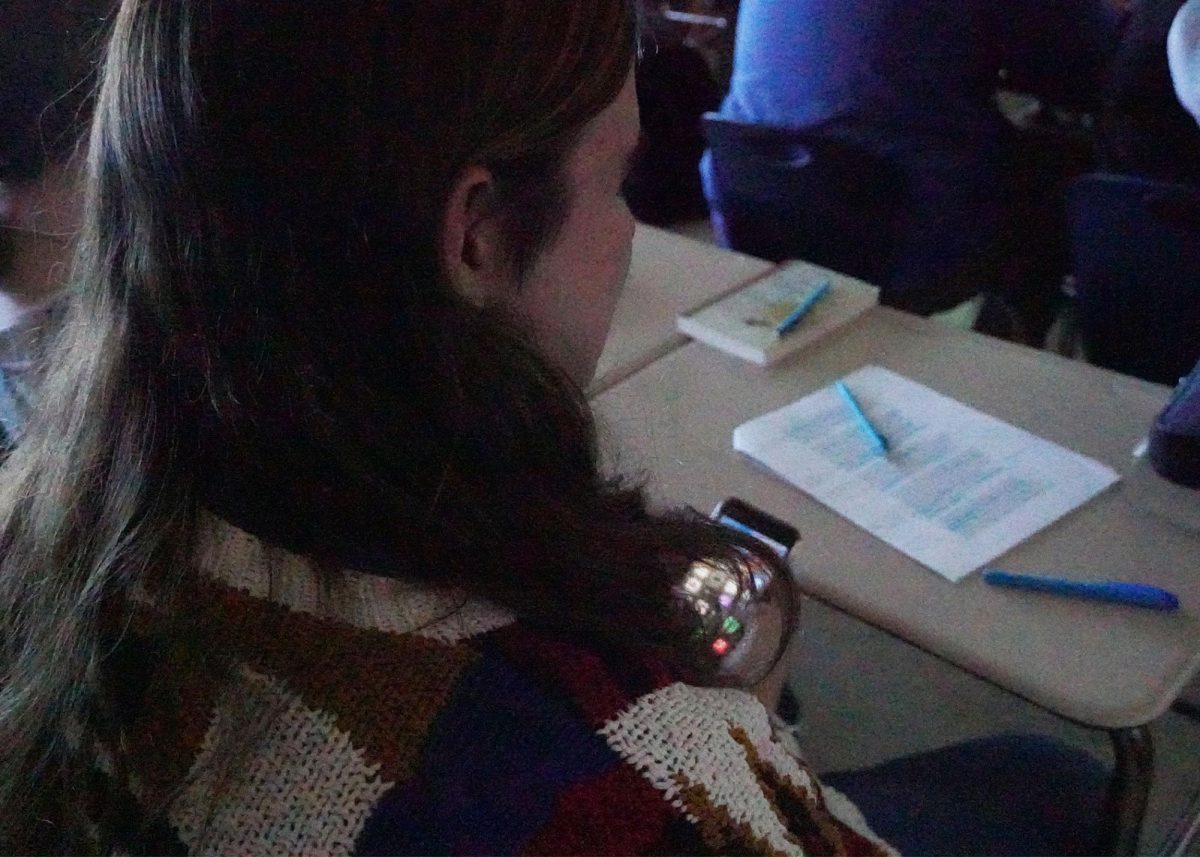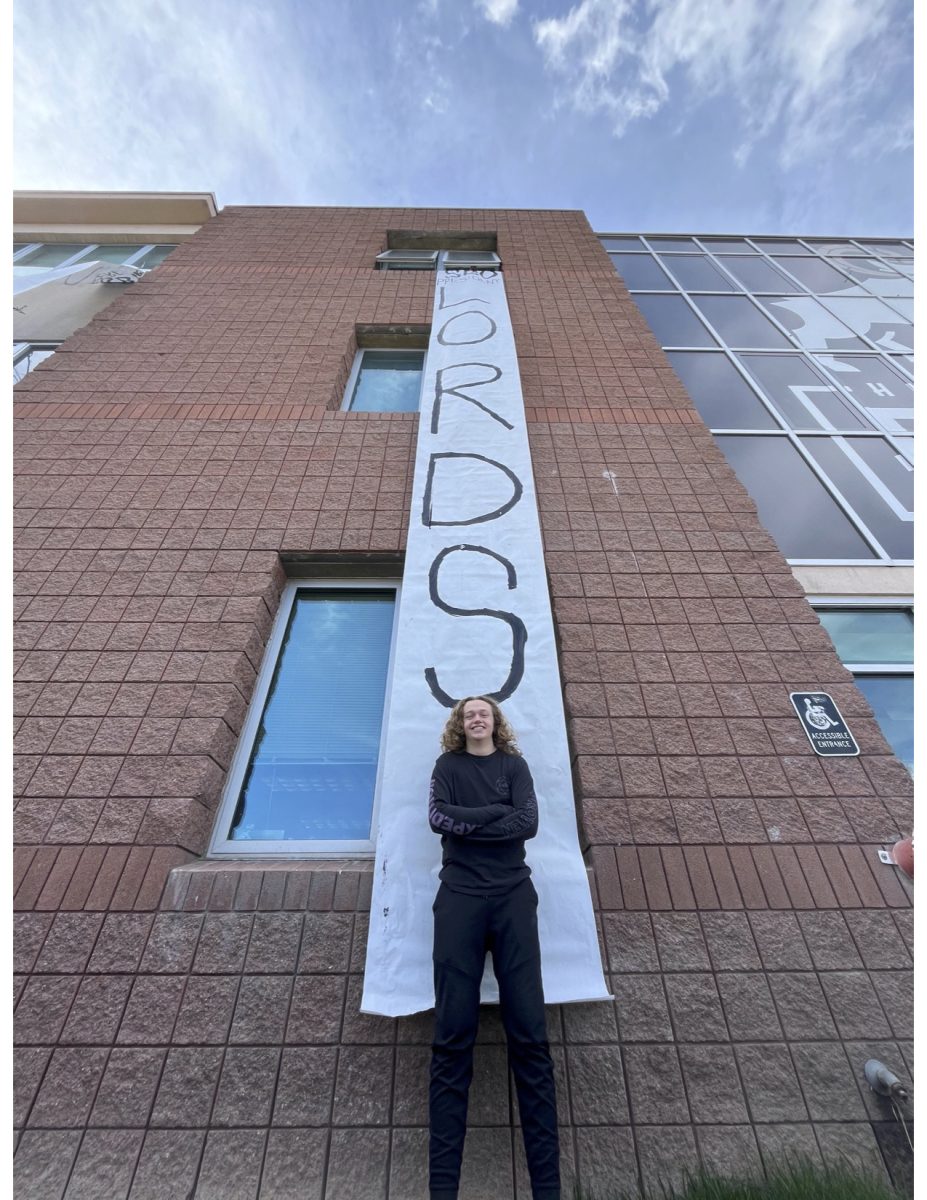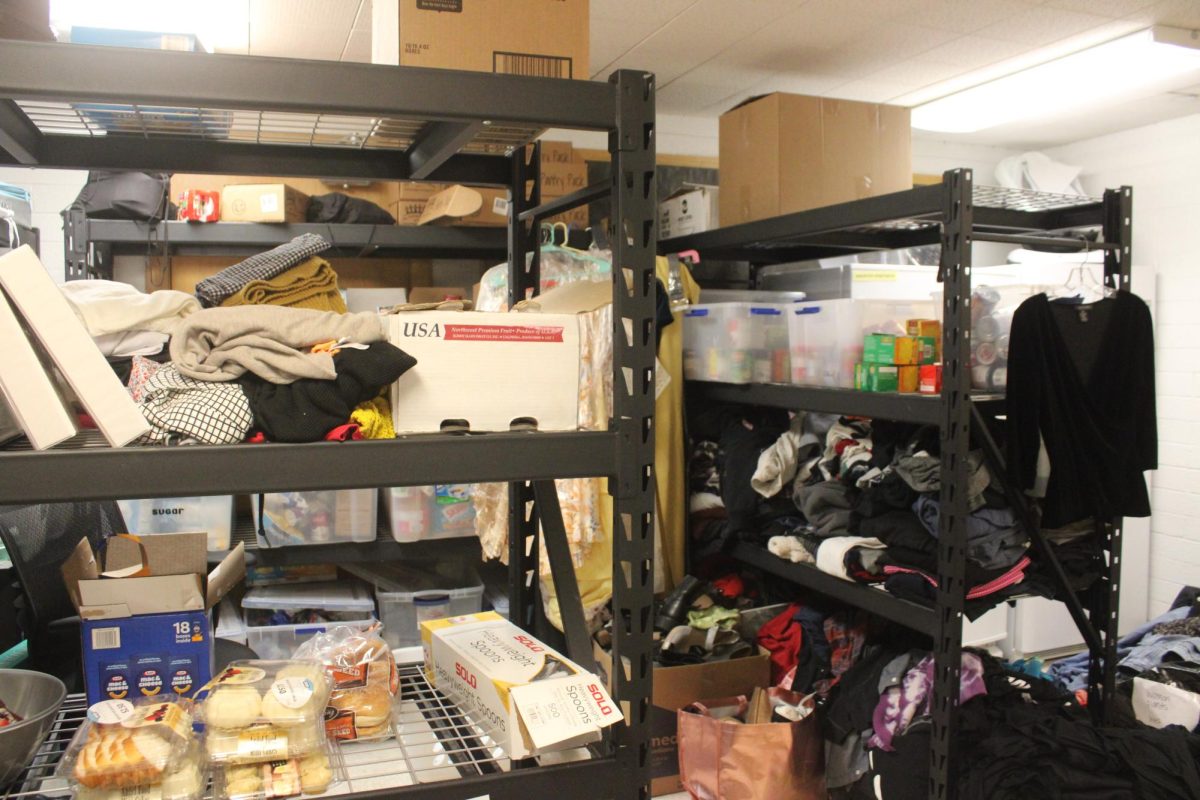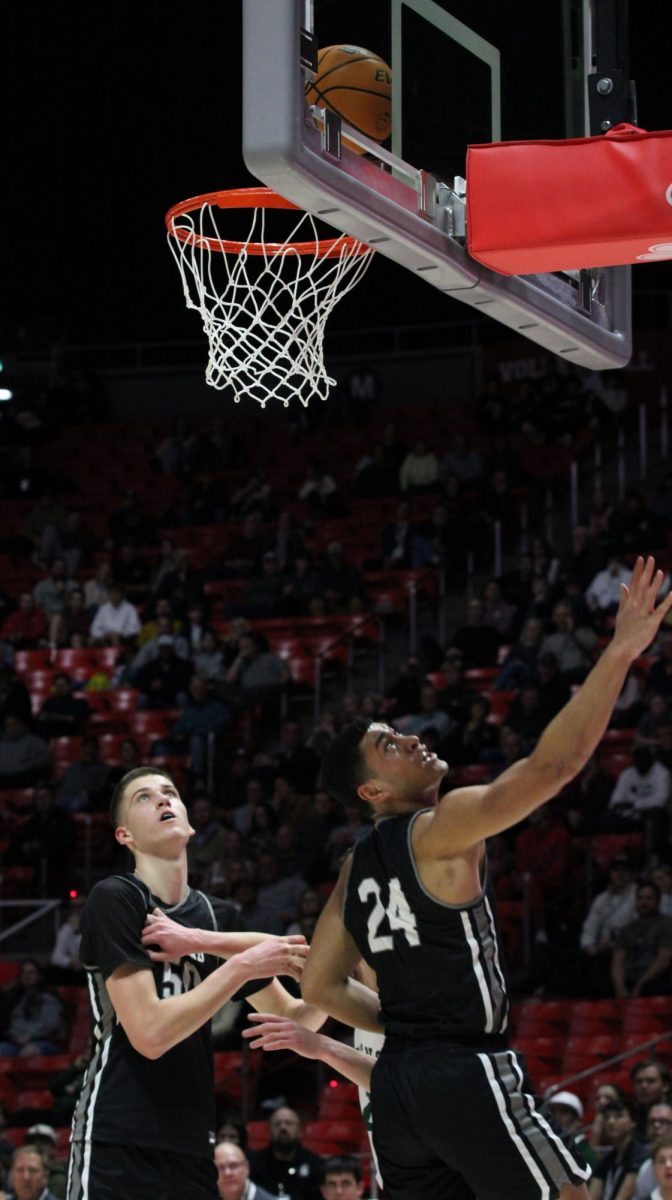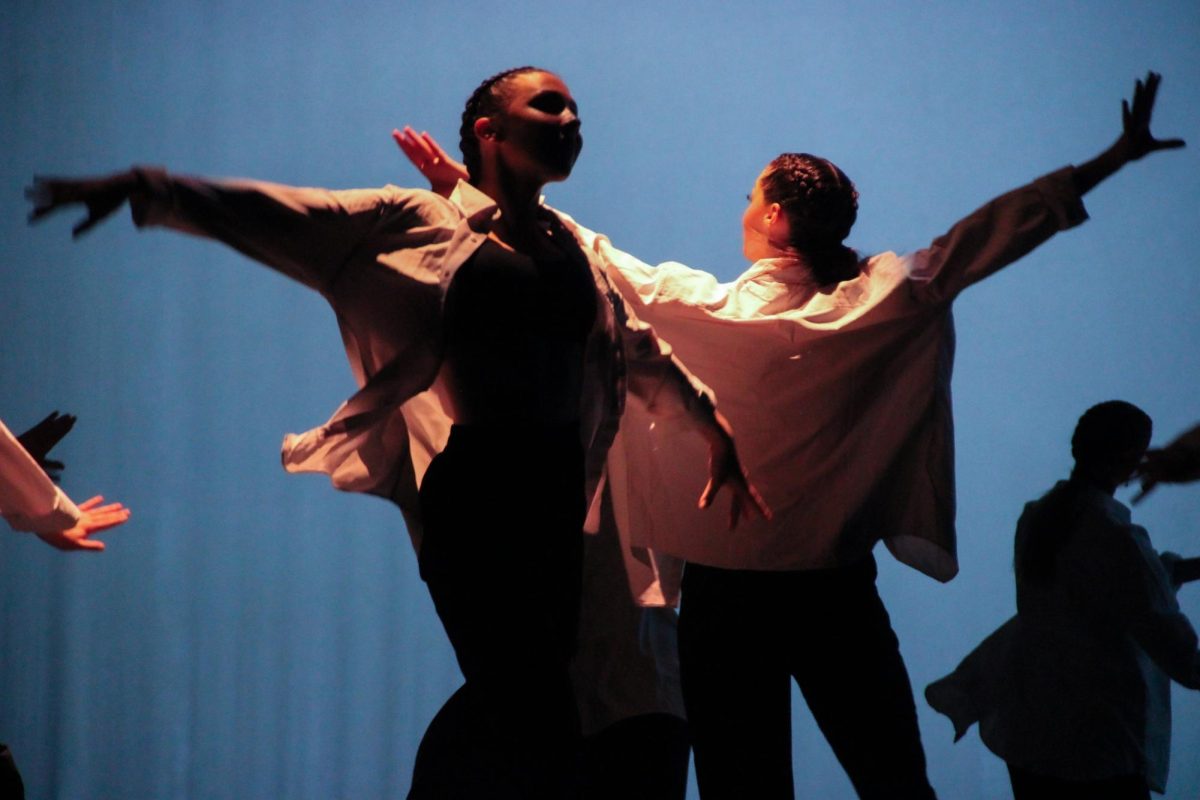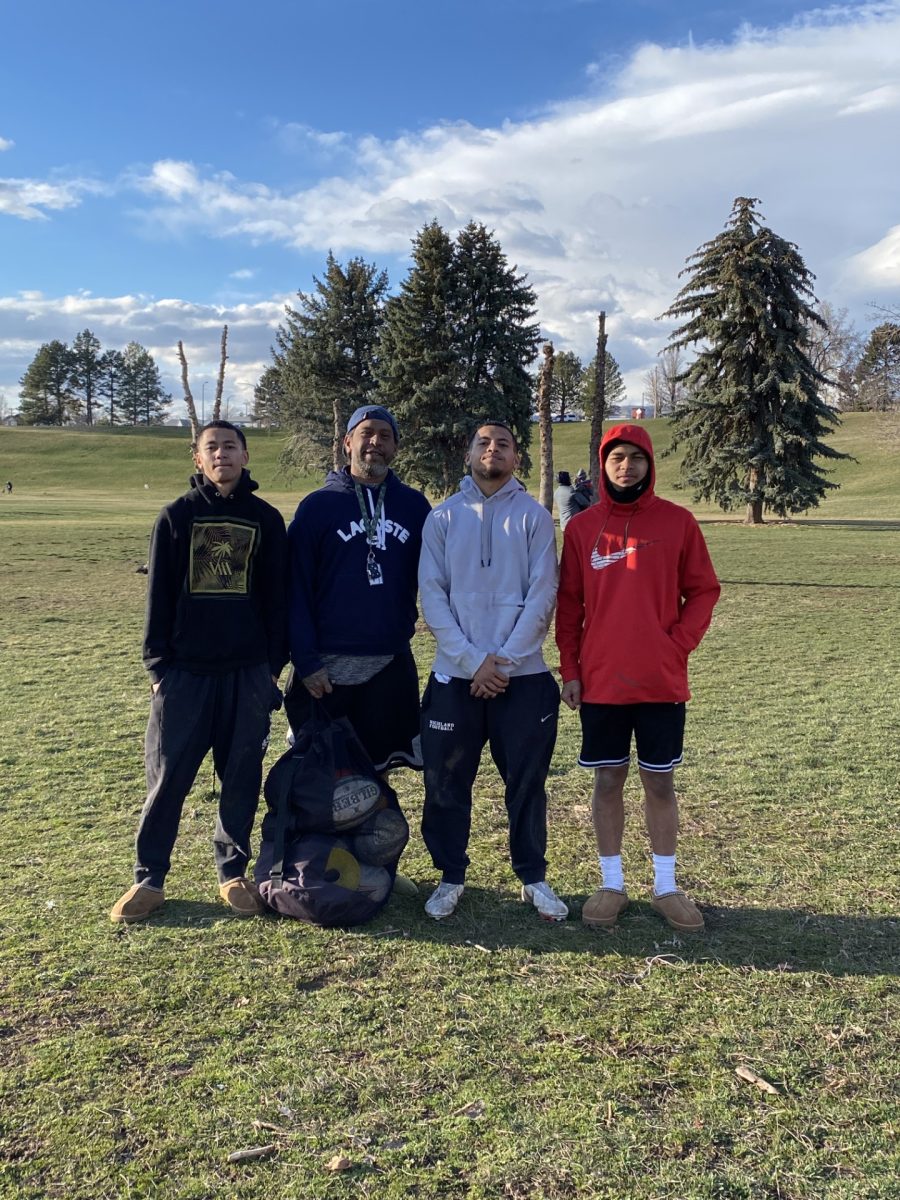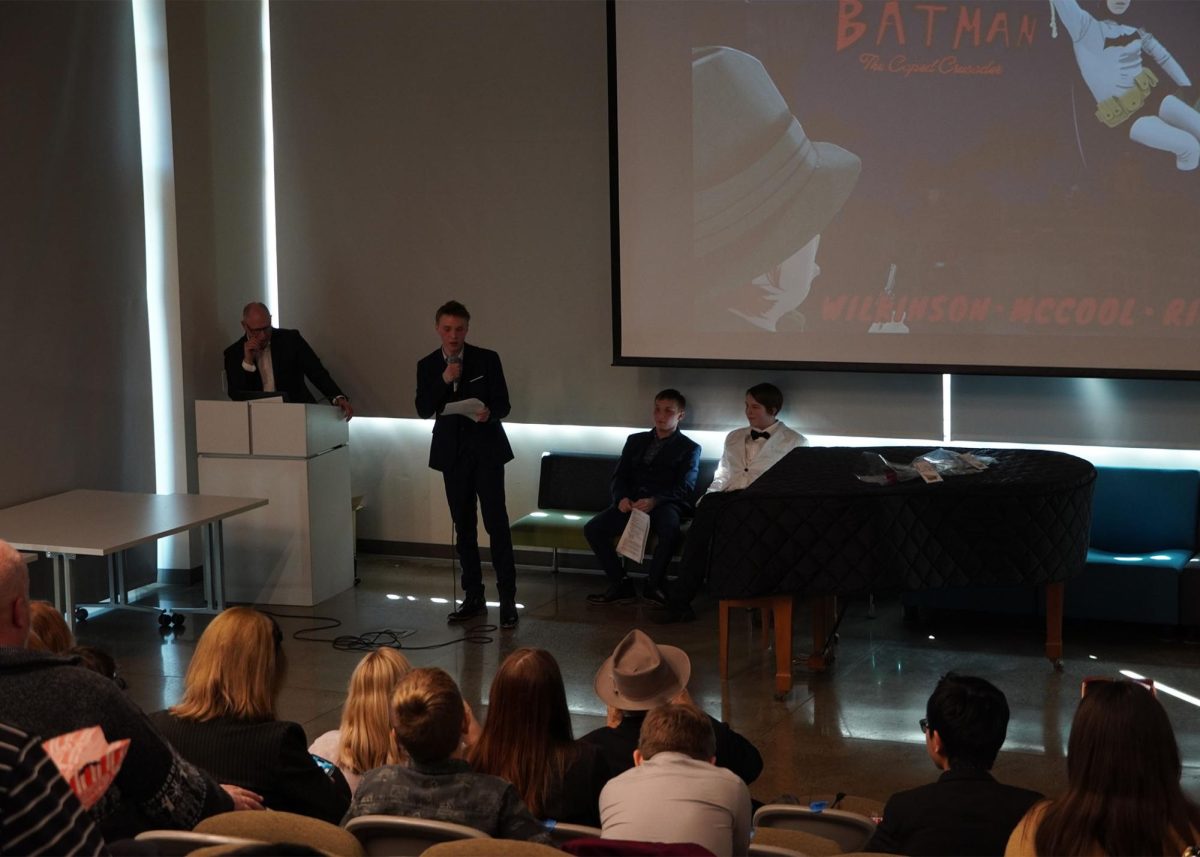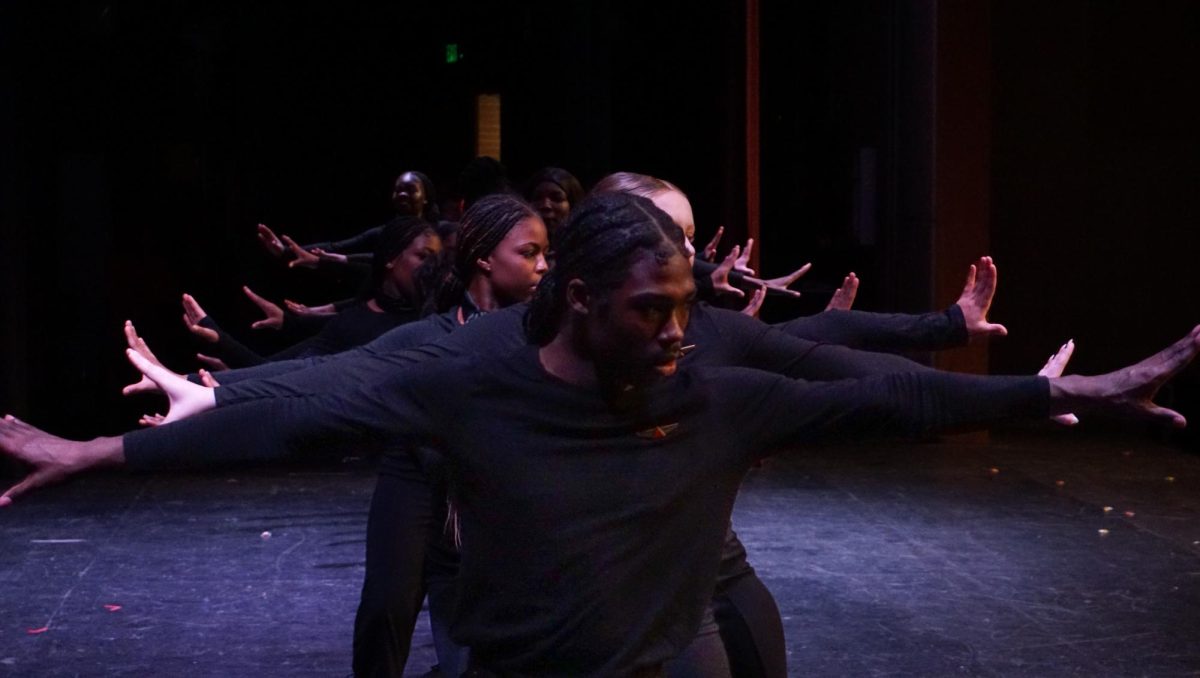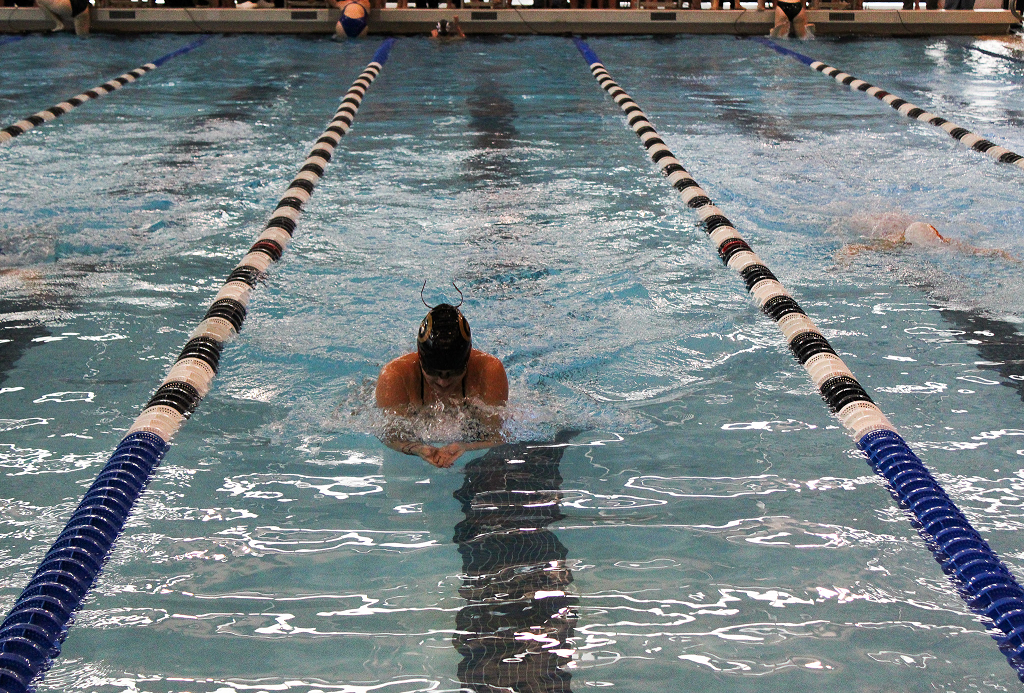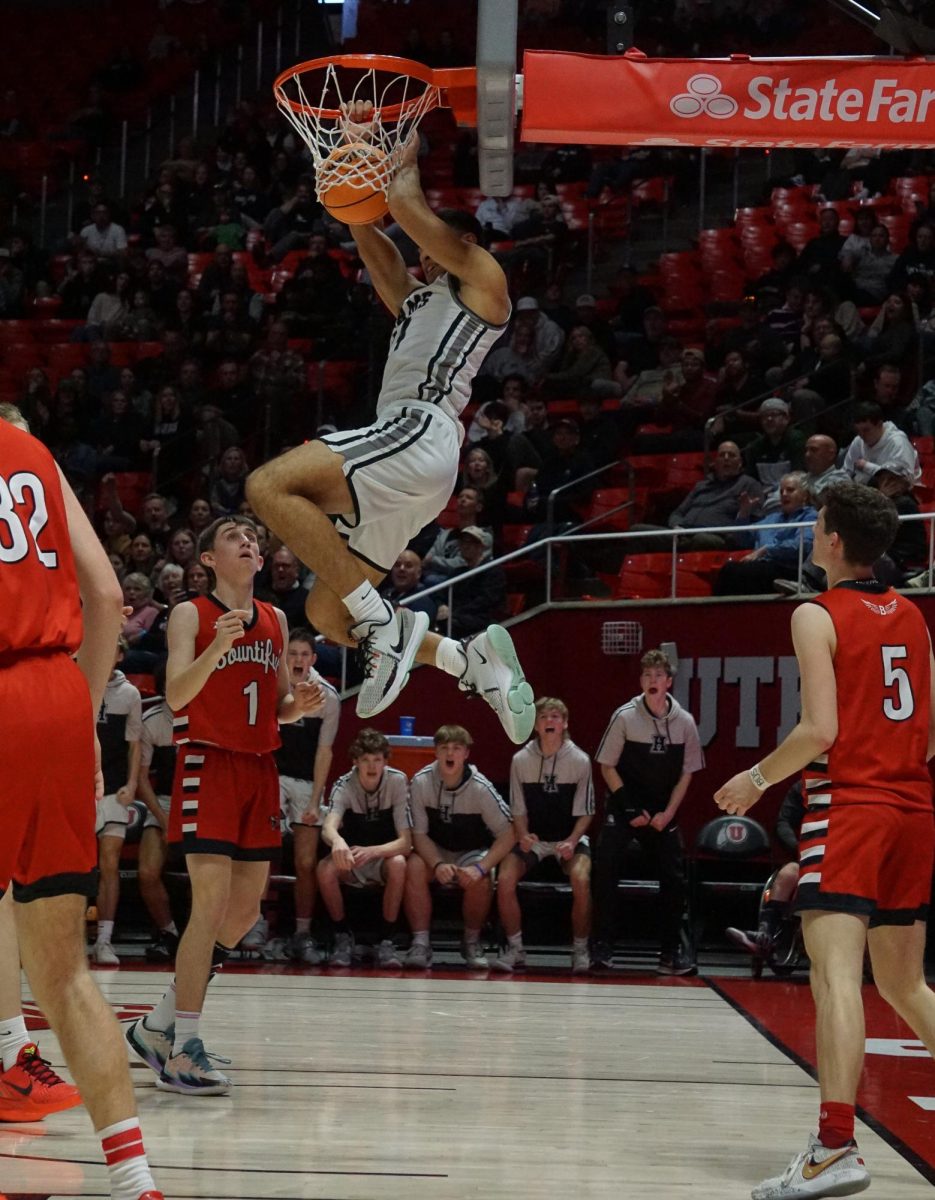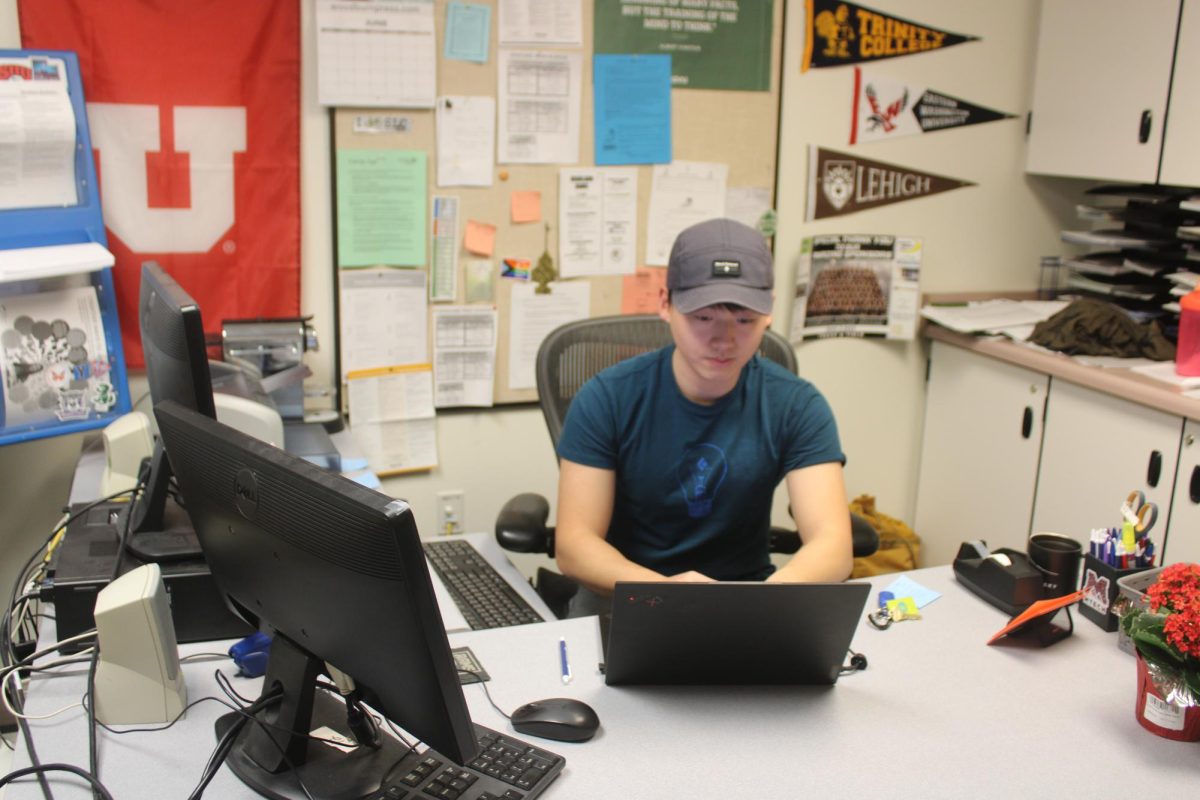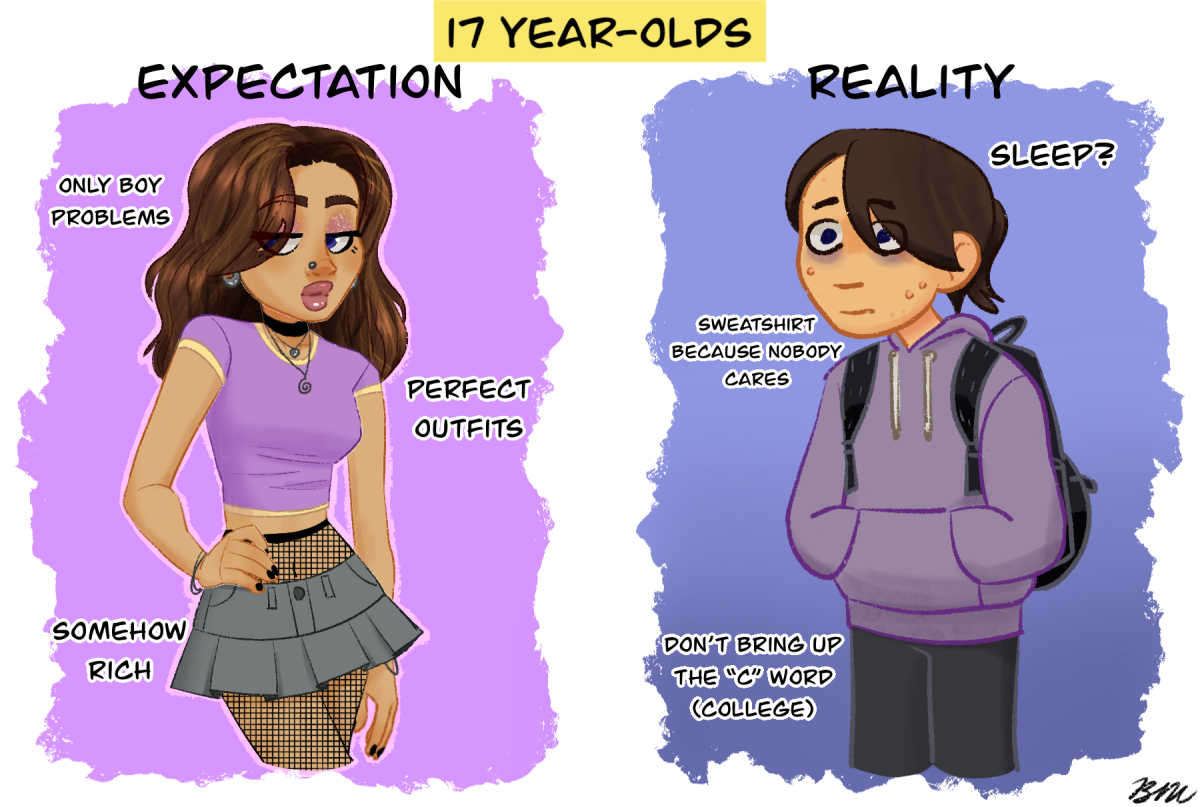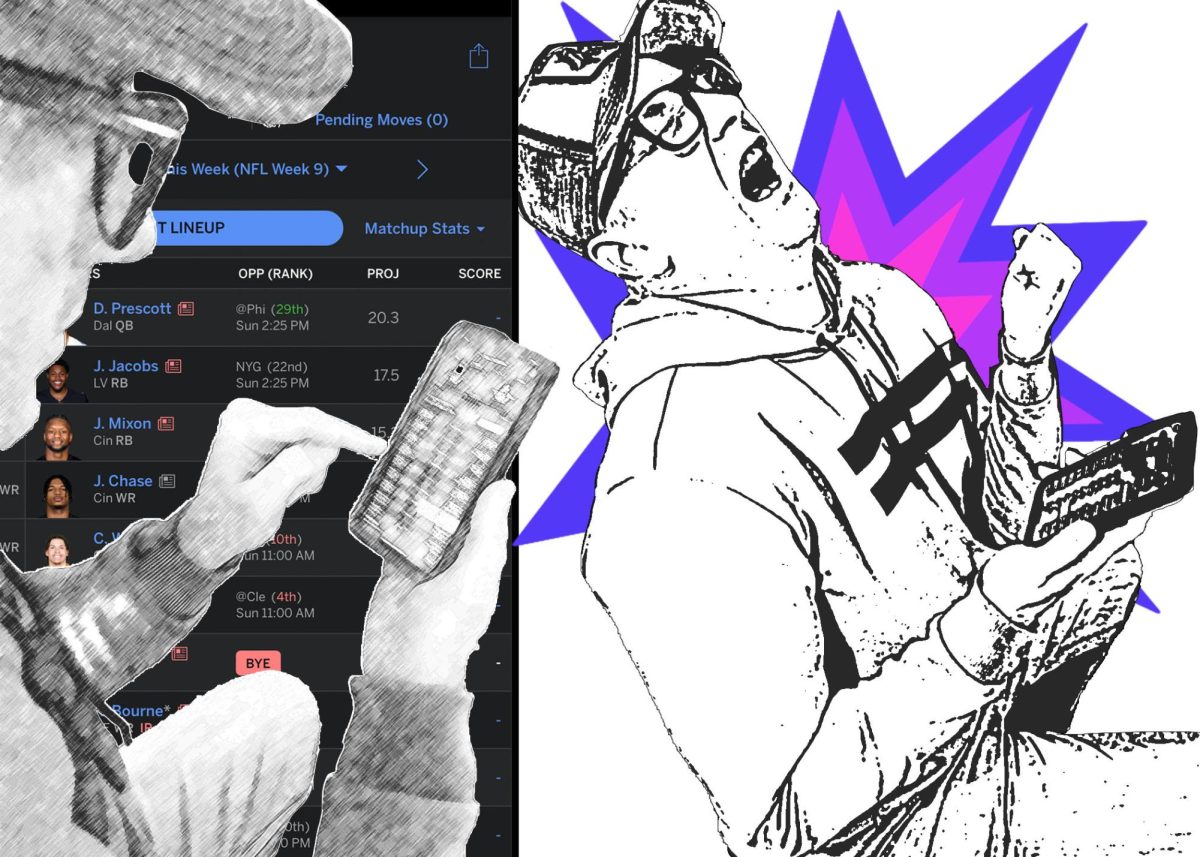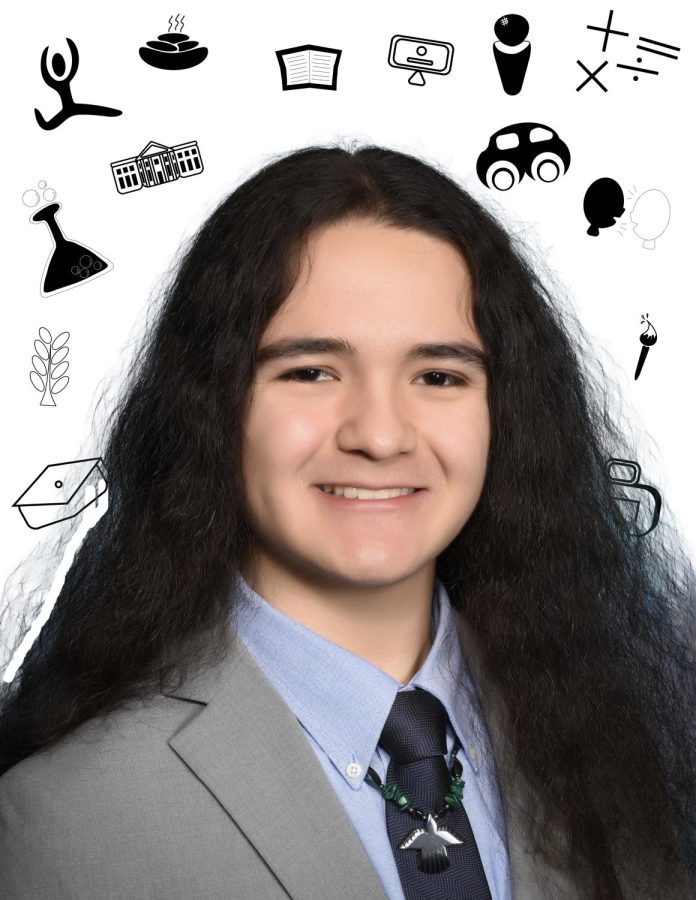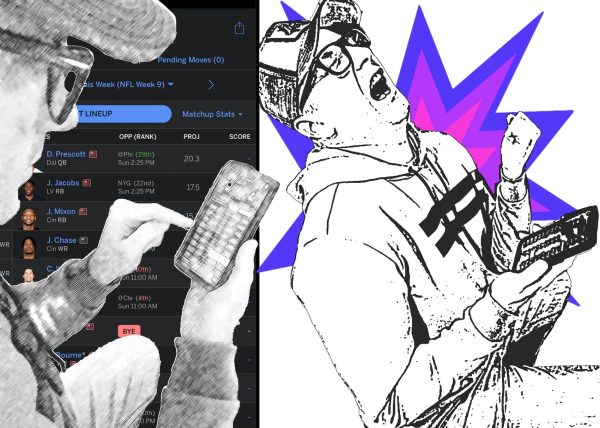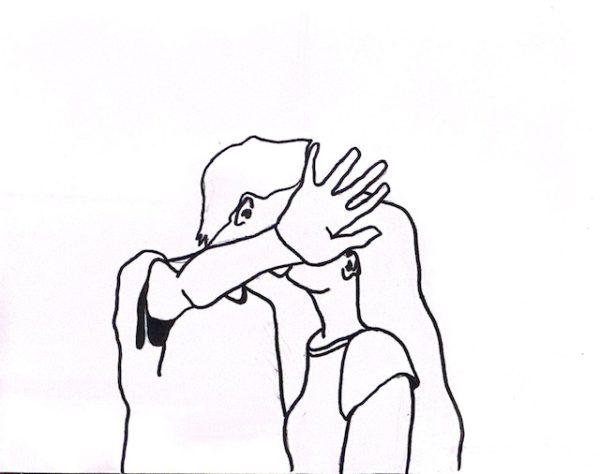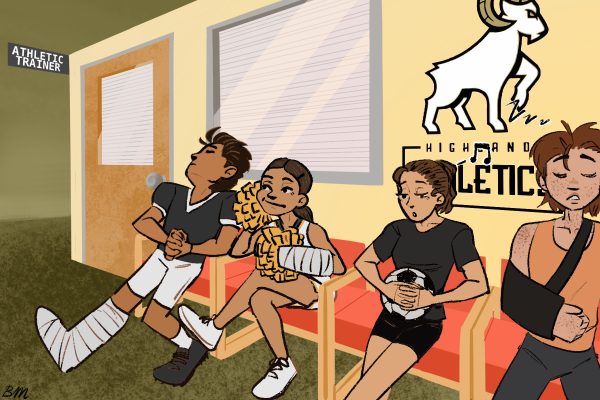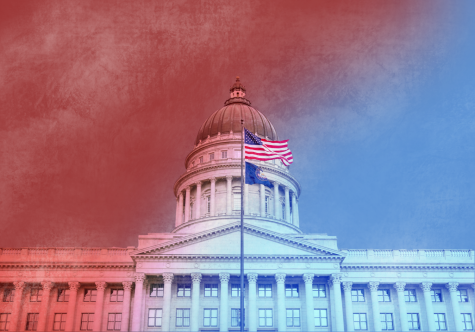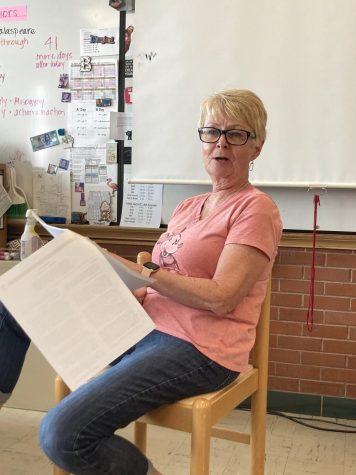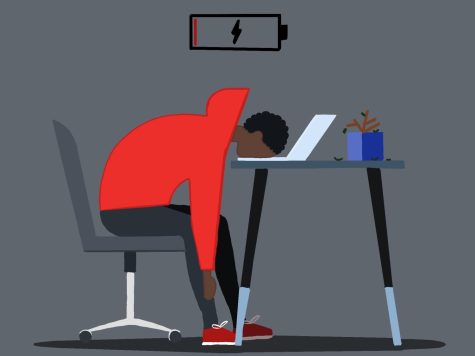The Colorful Connection
June 2, 2016
Throughout history, the human population has been known to constantly judge a book by its cover. These books are filled with diverse pages, covering several talents under one title page. In school or on the street, some students find in extremely difficult to expose their most hidden pages. Students who are unaware or financially unable to play on a team or join an athletic club aren’t getting the full feel of the high school experience. The situation that entraps minorities in high schools’ across the nation can be overcome, once any given student finds the courage to step out of bounds.
Students today sometimes find it difficult to try new things, scared to break the status-quo. Minorities are challenged with being different, but trying to be the same. Some struggle learning a new language and keeping up in the classroom, which makes it more difficult to progress in their social lives. These students who just want to part of the “Ram Fam” can find it hard to connect with other students when the language barrier is so strong. This kind of communication is not necessary in other activities outside of school. Sport has the power to bring diverse cultures together, diminishing the idea of segregation that is still imminent in the Land of the Free.
“It’s really cool to see these kids that usually wouldn’t be friends connect together on the field,” boys soccer head coach Brad Kooyman said. “They leave behind worldly ideas and develop a special bond that I have never seen before.”
In this instance, sports have the impact that war can have on a country – they unite people for one sole purpose. When these players step out onto the field, the differences aren’t what separate them, they are what unite them. To win is a special goal that is only attained through teamwork, but even when the team doesn’t come out on top, the connection is still there. A difficult season in the standings doesn’t take away from the bond that the soccer players feel for each other.
“This season has been the best one yet,” captain Luis Enstrada said. “I love all of my teammates and I wouldn’t want to go to war with anyone else.”
From soccer to baseball, sports hasn’t always brought different cultures together. Jackie Robinson was the forefront for the fight against segregation in the 1950s, bringing the African-American population into Major League Baseball. This one man wasn’t afraid to ruffle a few feathers to earn people’s respect.
Playing for the Negro League Kansas City Monarchs, Robinson was a huge hit across America, drawing the biggest crowds wherever the team traveled. An explosive second baseman that wasn’t afraid to rough it up was exactly what was needed during the fight for civil rights. Segregation was still implemented throughout the United States, but the most severe discriminatin was found in the Deep South.
Wesley Branch Rickey was the owner of the Brooklyn Dodgers at the time, another person who wasn’t afraid to break the barriers that society creates. Rickey scouted Robinson throughout several of the Monarch’s games, traveling from city to city following his skillful play. Rickey made a decision that impacted the history of baseball as Americans’ know it — he signed Robinson to the Dodgers.
This one solid rock started a landslide as segregation slowly crept away from the U.S., causing so many lives to change in a positive manner. This is one way that sport unites people of different views.
Today, we like to think that segregation is completely diminished from the land of the free, home of the brave, but still people aren’t really free, and struggle every day to be brave. At Highland, 40 percent of enrollment consists of minorities. Out of these, 25 percent are Hispanic.
Out of this 40 percent, barely half play on a sports team at Highland. Reasons for this could be many, but no matter the problem, it needs an answer. One problem that needs to be addressed is students not playing because they aren’t financially able. Nearly 43 percent of the student body at Highland is classified as economically disadvantaged. Students who live on the west side of the Highland boundaries have struggled to be able to participate in anything after school for quite some time. The bus routes don’t continue on through the night during the week making it hard for students in that area to find transportation back to school for practices, games, or even to spectate.
“If the system is changed, the ideas will be put to an end,” player Josh Christensen said. “I just hope it will be changed.”
It’s not that these students don’t want to participate in these activities, the fact is they can’t. If Highland was able to find a way to get students to practice and games, the sport would unite the community as a hole. Then we would see the uniting power of sport put to action. Sports have the ability to alter the human mind, and change how we see people. Respect is gained on the field and then carried into the halls of Highland, which has the possibility to alter so many students’ lives.
